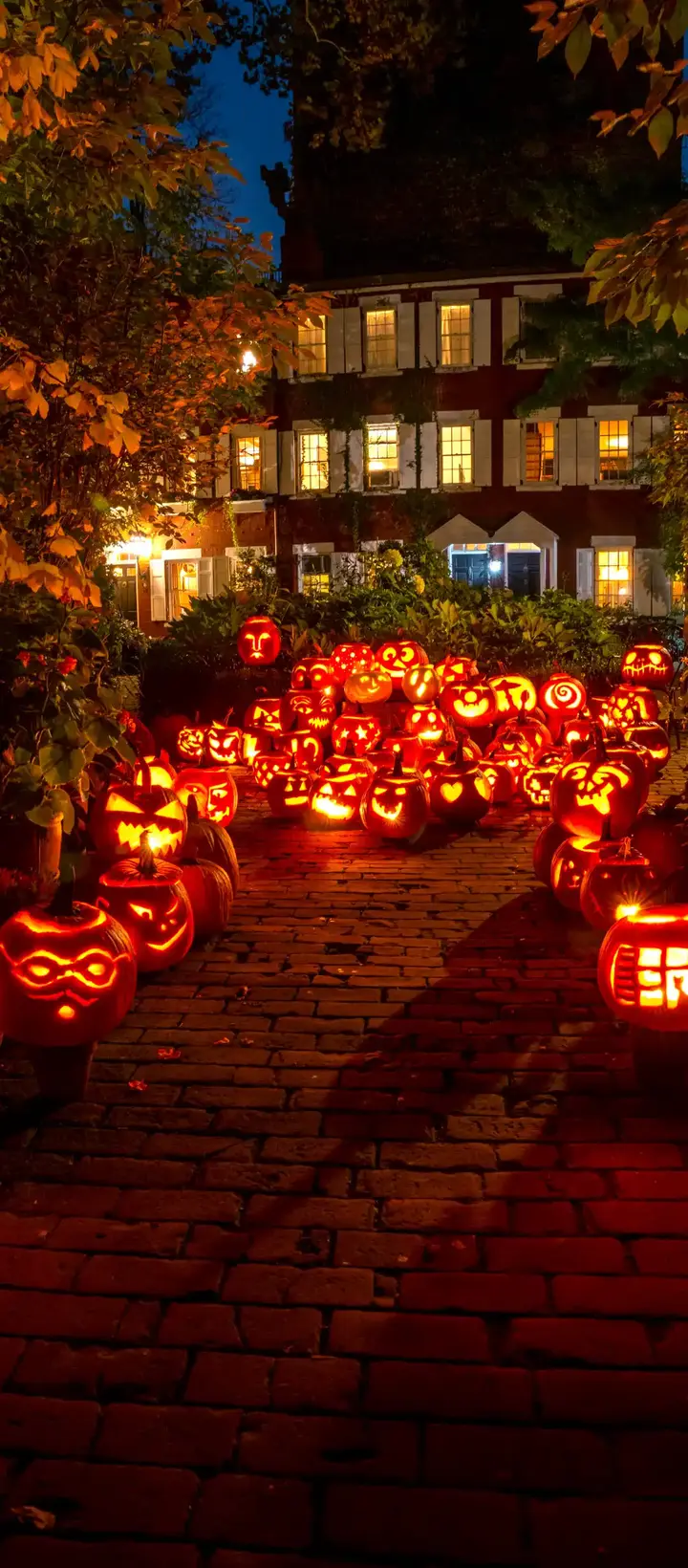تناسب الأطفال أو أصحاب القلوب الضعيفة، لأنها تحتوي على مشاهد عنيفة ومخيفة.
1- Poppy Playtime
لعبة رعب وألغاز من منظور الشخص الأول، تدور داخل مصنع ألعاب مهجور تابع لشركة Playtime Co.، يعود فيه موظف سابق بعد عشر سنوات للبحث عن زملائه المفقودين. على اللاعب حل الألغاز والتعامل مع ألعاب ضخمة تحولت إلى كائنات قاتلة، بينما يكشف أسرار الشركة المخفية.
اللعبة متوفرة على الحواسيب والهواتف التي تعمل بنظامي Android و iOS، وتتميز بأجواء مرعبة، خصوم ذكية، وألغاز تحتاج إلى تفكير، إضافة إلى قصة مشوقة تتكشف تدريجيًا.
2- Indigo Park
تجري أحداث اللعبة داخل مدينة ملاهي مهجورة، يستيقظ فيها اللاعب ليجد نفسه محاصرًا من قبل مخلوقات مرعبة. مهمته هي البقاء على قيد الحياة وكشف سر المدينة المهجورة، في ظل المخاطر المستمرة والألغاز المتنوعة التي يجب حلها للهروب.
رغم أنها من تطوير مستقل، لاقت Indigo Park إعجابًا واسعًا وأصبحت من أبرز ألعاب الرعب المستقلة، ومن المتوقع صدور أجزاء جديدة منها لاحقًا. اللعبة متاحة على عدة منصات شهيرة.
3- Imaginary Friend Asylum
تدور أحداث اللعبة في ملجأ للأطفال عام 1949، يلعب فيها اللاعب دور طفل يتيم يتعرض للمطاردة من قبل أصدقاء خياليين تحولوا إلى وحوش، داخل بيئة مشبعة بالرعب النفسي. من خلال استكشاف الملجأ، يكشف اللاعب عن تجارب سرية مروعة، وعليه حل الألغاز للبقاء على قيد الحياة والخروج من المكان.
اللعبة رغم حداثتها، تميّزت بأسلوب مبتكر وتجربة رعب نفسية عميقة، ما جعلها واحدة من أكثر ألعاب الرعب إثارة للخوف في هذا التصنيف.


